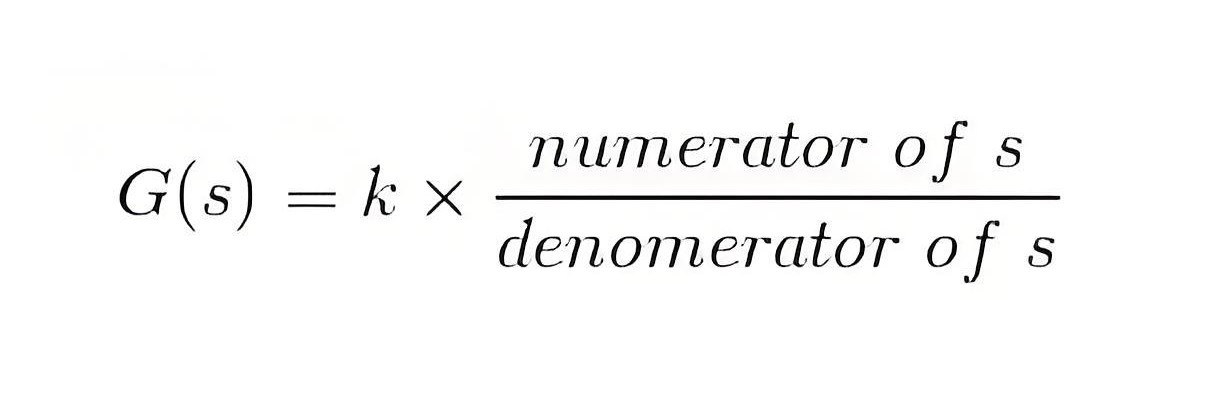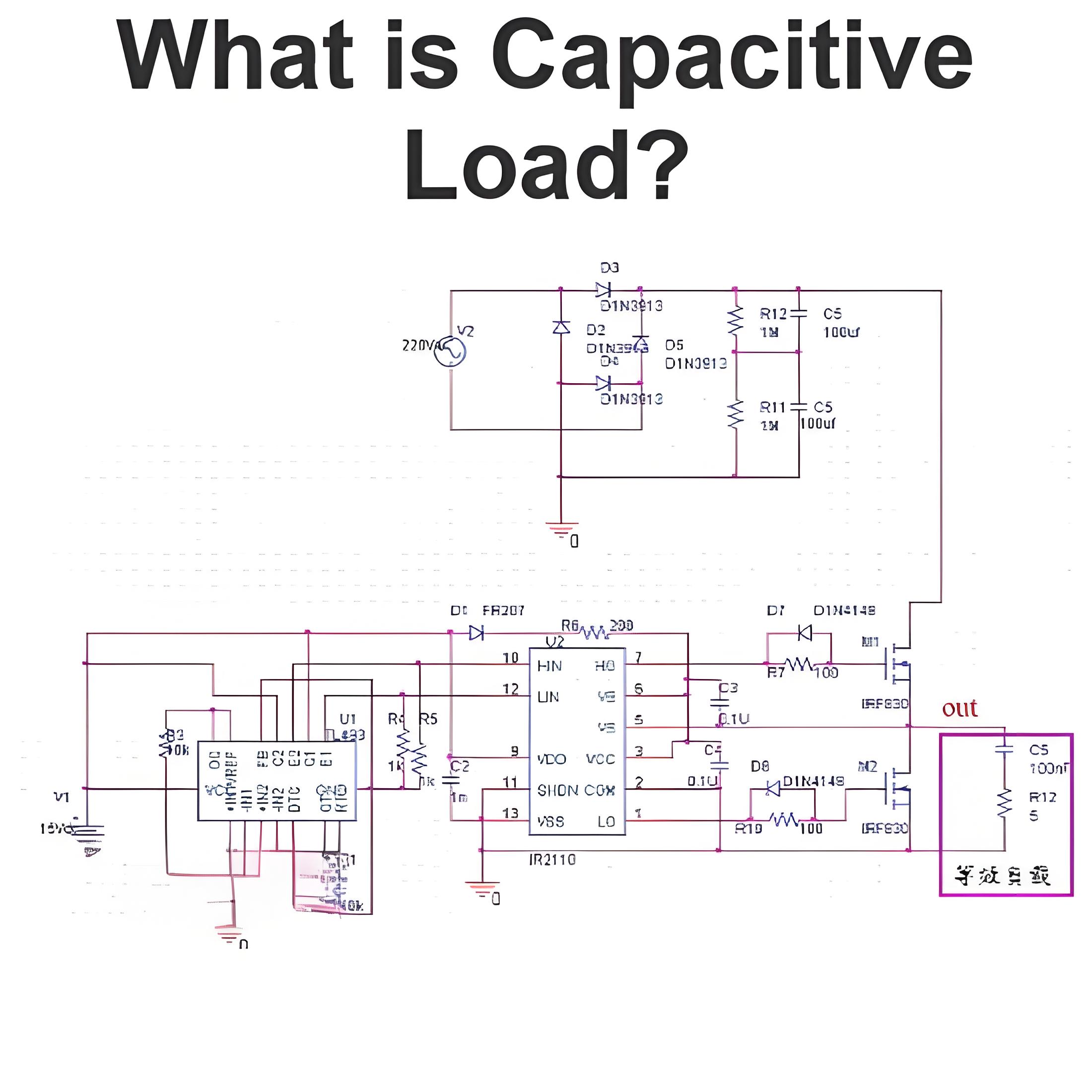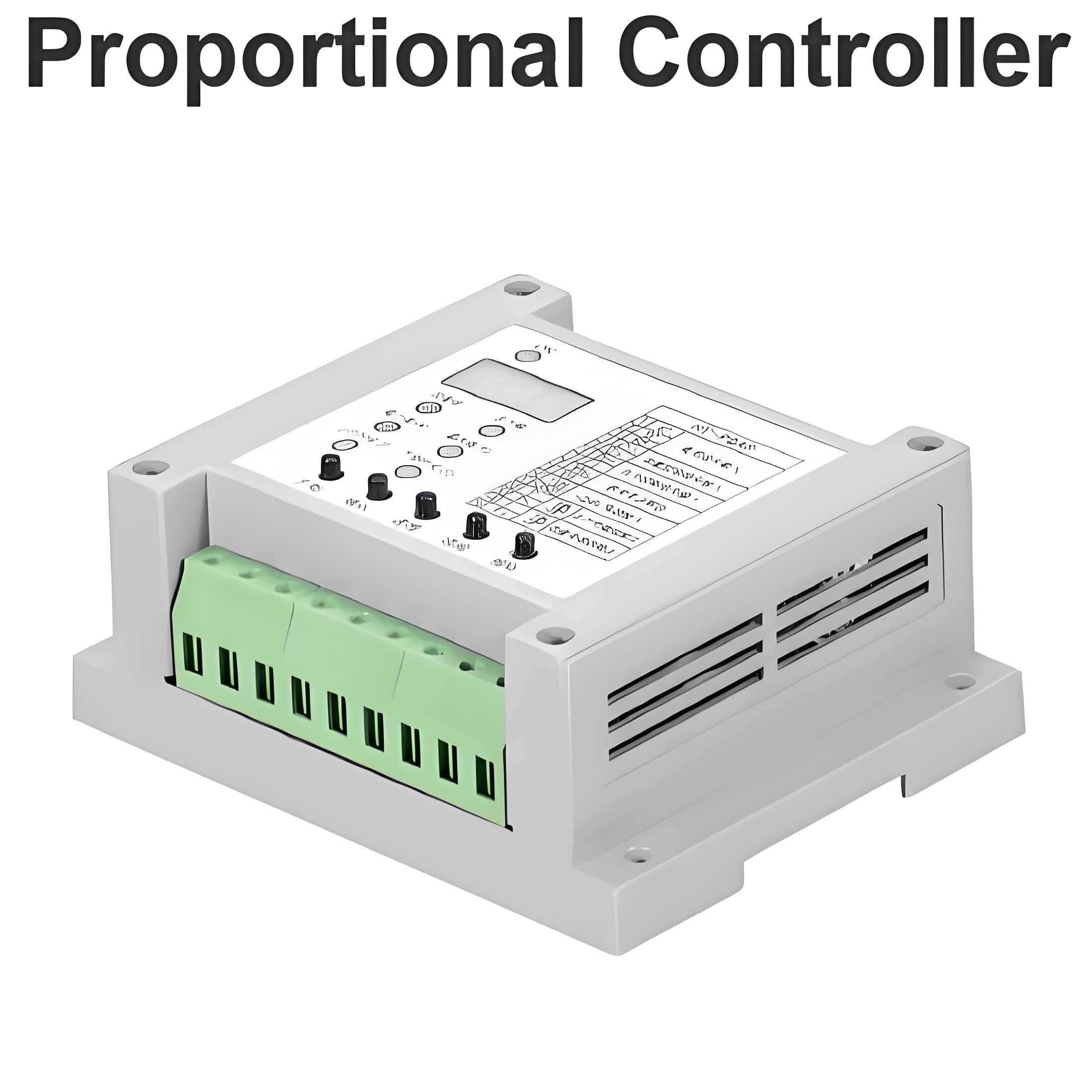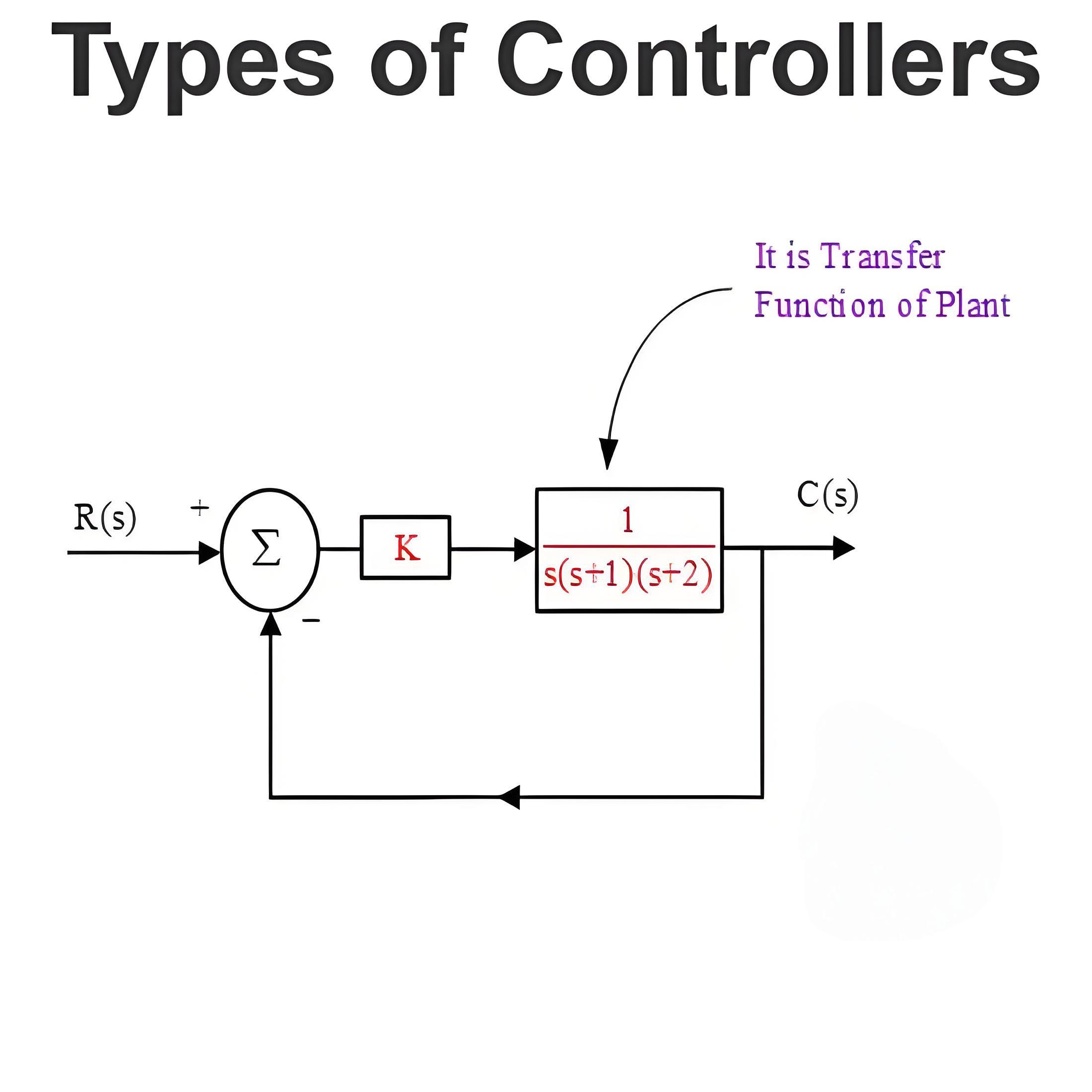Root Locus Plot in Control Systems
Root Locus Technique Defined
Root locus in control system is a graphical approach used to analyze the effects of varying system parameters on the stability and performance of a control system.
Advantages of Root Locus Technique
Root locus technique in control system is easy to implement as compared to other methods.
With the help of root locus we can easily predict the performance of the whole system.
Root locus provides the better way to indicate the parameters.
This article will frequently use specific terms related to the root locus technique essential for understanding its application.
Characteristic Equation Related to Root Locus Technique : 1 + G(s)H(s) = 0 is known as characteristic equation. Now on differentiating the characteristic equation and on equating dk/ds equals to zero, we can get break away points.
Break away Points : Suppose two root loci which start from pole and moves in opposite direction collide with each other such that after collision they start moving in different directions in the symmetrical way. Or the breakaway points at which multiple roots of the characteristic equation 1 + G(s)H(s) = 0 occur. The value of K is maximum at the points where the branches of root loci break away. Break away points may be real, imaginary or complex.
Break in Point : Condition of break in to be there on the plot is written below : Root locus must be present between two adjacent zeros on the real axis.
Centre of Gravity : It is also known centroid and is defined as the point on the plot from where all the asymptotes start. Mathematically, it is calculated by the difference of summation of poles and zeros in the transfer function when divided by the difference of total number of poles and total number of zeros. Centre of gravity is always real and it is denoted by σA.
Here, ‘N’ represents the number of poles, and ‘M’ denotes the number of zeros in the system.

Asymptotes of Root Loci : Asymptote originates from the center of gravity or centroid and goes to infinity at definite some angle. Asymptotes provide direction to the root locus when they depart break away points.
Angle of Asymptotes : Asymptotes makes some angle with the real axis and this angle can be calculated from the given formula,
Where, p = 0, 1, 2 ……. (N-M-1)
N is the total number of poles
M is the total number of zeros.

Angle of Arrival or Departure : We calculate angle of departure when there exists complex poles in the system. Angle of departure can be calculated as 180-{(sum of angles to a complex pole from the other poles)-(sum of angle to a complex pole from the zeros)}.
Intersection of Root Locus with the Imaginary Axis : In order to find out the point of intersection root locus with imaginary axis, we have to use Routh Hurwitz criterion. First, we find the auxiliary equation then the corresponding value of K will give the value of the point of intersection.
Gain Margin : We define gain margin by which the design value of the gain factor can be multiplied before the system becomes unstable. Mathematically it is given by the formula

Phase Margin : Phase margin can be calculated from the given formula:

Symmetry of Root Locus : Root locus is symmetric about the x axis or the real axis.
How to determine the value of K at any point on the root loci? Now there are two ways of determining the value of K, each way is described below.
Magnitude Criteria : At any points on the root locus we can apply magnitude criteria as,
Using this formula we can calculate the value of K at any desired point.

Using Root Locus Plot : The value of K at any s on the root locus is given by

Root Locus Plot
The root locus plot, an integral part of this technique, assesses a system’s stability. By finding the values of ‘K’ that maintain stability, it ensures the system performs optimally under various conditions.
Now there are some results that one should remember in order to plot the root locus. These results are written below:
Region where root locus exists : After plotting all the poles and zeros on the plane, we can easily find out the region of existence of the root locus by using one simple rule which is written below,Only that segment will be considered in making root locus if the total number of poles and zeros at the right hand side of the segment is odd.
How to calculate the number of separate root loci ? : A number of separate root loci are equal to the total number of roots if number of roots are greater than the number of poles otherwise number of separate root loci is equal to the total number of poles if number of roots are greater than the number of zeros.
Procedure to Plot Root Locus
Keeping all these points in mind we are able to draw the root locus plot for any kind of system. Now let us discuss the procedure of making a root locus.
Find out all the roots and poles from the open loop transfer function and then plot them on the complex plane.
All the root loci starts from the poles where k = 0 and terminates at the zeros where K tends to infinity. The number of branches terminating at infinity equals to the difference between the number of poles & number of zeros of G(s)H(s).
Find the region of existence of the root loci from the method described above after finding the values of M and N.
Calculate break away points and break in points if any.
Plot the asymptotes and centroid point on the complex plane for the root loci by calculating the slope of the asymptotes.
Now calculate angle of departure and the intersection of root loci with imaginary axis.
Now determine the value of K by using any one method that I have described above.
By following above procedure you can easily draw the root locus plot for any open loop transfer function.
Calculate the gain margin.
Calculate the phase margin.
You can easily comment on the stability of the system by using Routh Array.
Welcome to our electricity community! Established to facilitate the exchange and cooperation in the electricity industry and bridge professionals, enthusiasts, and related enterprises.





